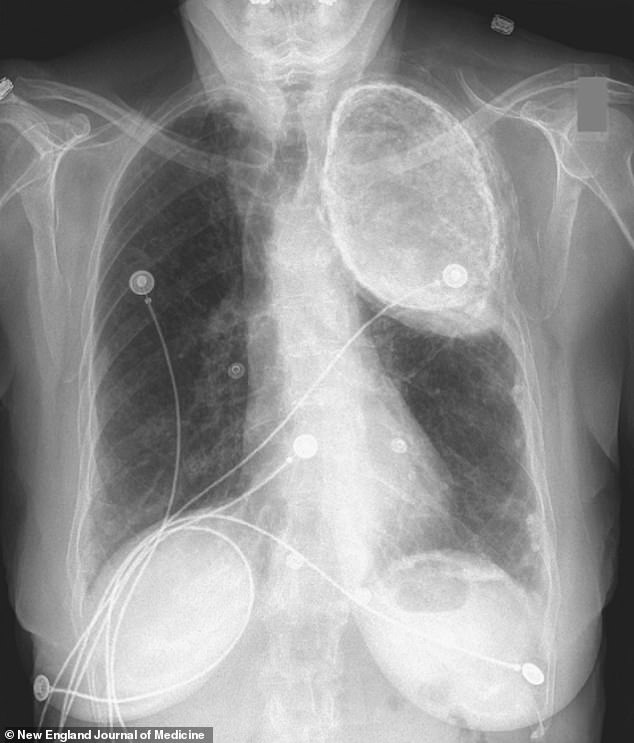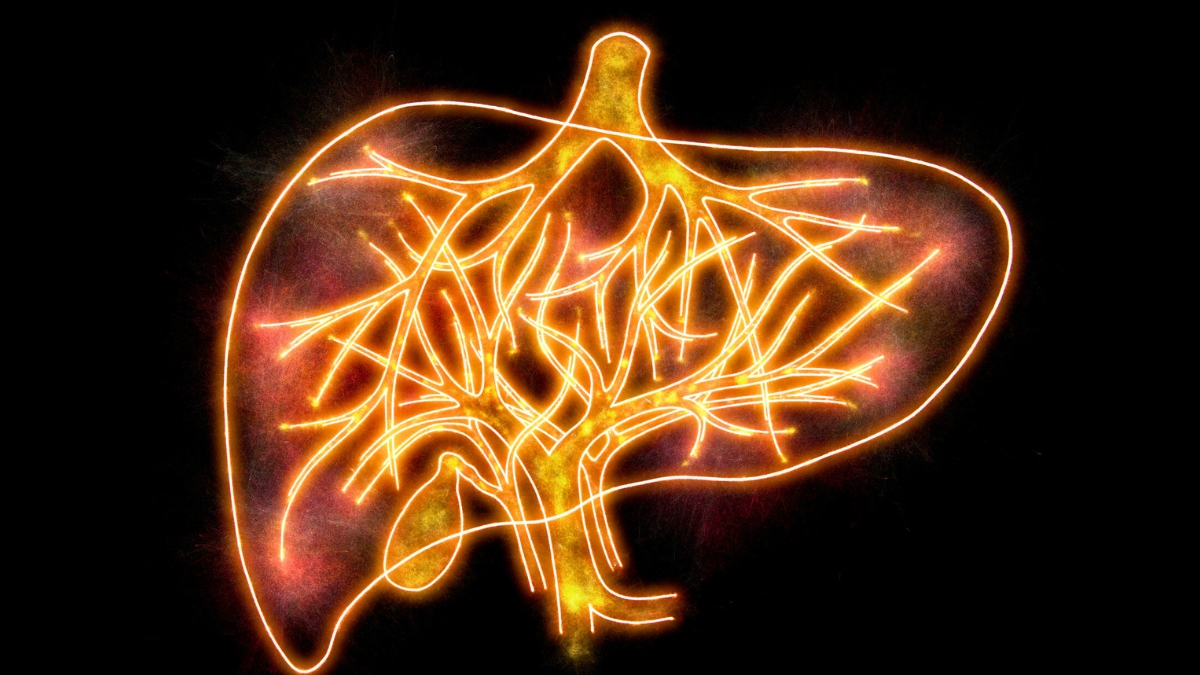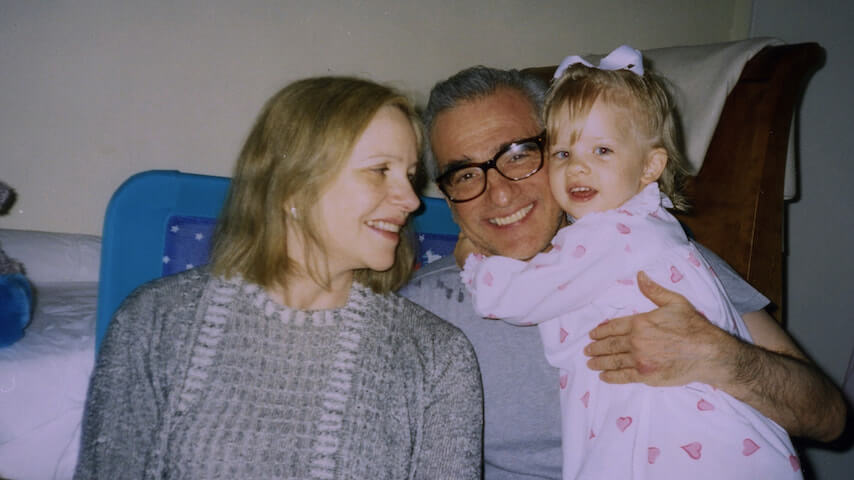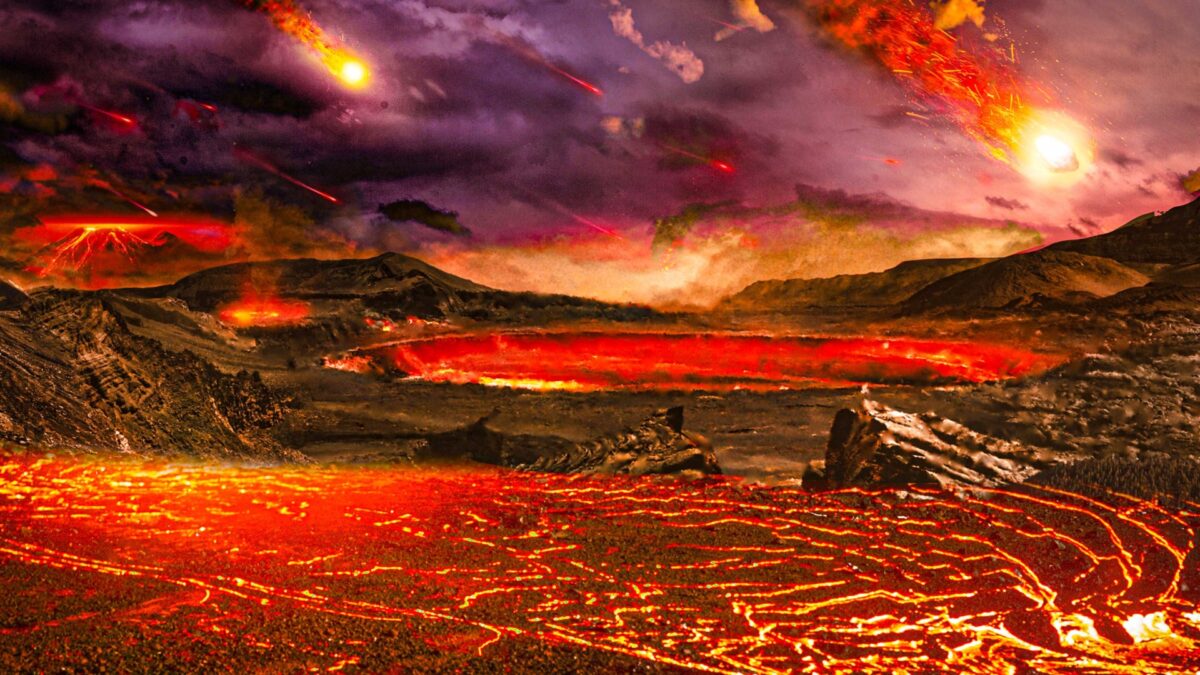Out of all of the writers, directors, and producers who emerged from the late 1960s/early 1970s “New Hollywood” era, Martin Scorsese may have had the most ink spilled about his life and work. Prominent critics like Pauline Kael and Roger Ebert were singing Scorsese’s praises before anyone really knew who he was. And there have been countless books that have touched on his career, such as Robert P. Kolker’s revelatory essay collection A Cinema Of Loneliness, Peter Biskind’s muckraking New Hollywood history Easy Riders, Raging Bulls, and Glenn Kenny’s incisive and entertaining making-of-Goodfellas tome Made Men.
The point is: If you have any interest at all in Scorsese, you probably already know the major plots of his story about as well as the good Catholic boy Scorsese knows the Stations Of The Cross. You know he was an asthmatic kid, stuck inside his Little Italy tenement building with his TV. You know his sensational NYU student films landed his name in the papers when he was still in his early twenties, that he worked on the landmark Woodstock documentary with his longtime editor/collaborator Thelma Schoonmaker, and that the exploitation film Boxcar Bertha that he made for producer Roger Corman garnered “don’t do this again” rebukes from his peers and mentors. You know how the fluorescent genius of Scorsese’s ’70s masterpieces led to a cocaine crash that almost killed him, how he struggled to get the work he most cared about made in the ’80s, and how his ’90s hits practically turned him into a brand.
With all of that said, what could director Rebecca Miller’s five-part Apple TV+ docuseries Mr. Scorsese possibly have to offer to anyone who knows this story backward and forward? Put simply: pictures—and more importantly: moving pictures. It’s one thing to read about how Scorsese designed the fight sequences in Raging Bull, varying the lighting, speed, and angles to make the audience feel as punch-drunk as the fighter. But it’s more enlightening to have Schoonmaker sit in front of a screen and walk us through those choices, while also showing us rarely seen outtakes that reveal how the movie’s individual shots were constructed. This series offers the Scorsese story illustrated, with Miller—an accomplished filmmaker herself—using split screens, clever edits, and footage from his personal archives to draw connections between the director’s films, his favorite movies, and his own experiences.
For the Scorsese faithful, the most revealing Mr. Scorsese chapter will likely be the first, “Stranger In A Strange Land.” The episode goes deep into his childhood, offering fresh details on how he grew up in a neighborhood (and a family) effectively controlled by the mob. This is a world Scorsese watched through his bedroom window. In one of this documentary’s most striking sequences, Miller pulls up image after image from Scorsese’s films of characters looking down at the action unfolding below them, close enough to be affected by it but still at a slight remove. It’s a unique perspective: the observer on the fringe of the fray, almost in range of any spatter.
There are still more treasures in “Stranger In A Strange Land,” including a look at the storyboards Scorsese sketched when he was a kid, making movies on paper before he had access to a camera. He was well-prepared by the time he arrived at film school, and while Scorsese’s student work has long been available for fans to watch, it looks different in the context of all the anecdotes about his youth. Here was this young man, underprivileged and largely self-taught, who came roaring out of the gate in his early twenties with some truly original and innovative shorts, fusing the experimentation of the French New Wave, the self-aware sophistication of Ealing comedies, and the invigorating danger of New York City.
First Appeared on
Source link













